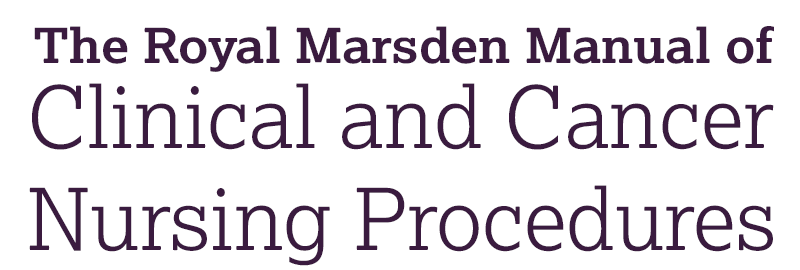Chapter 10: Pain assessment and management
Skip chapter table of contents and go to main content


Anatomy and physiology
The spinal cord (Figures 10.8 and 10.9) is covered by the meninges; the pia mater is closely applied to the cord and the arachnoid mater lies closely with the outer, tough covering called the dura mater (Tortora and Derrickson [177]). The epidural space lies outside all three membranes, encasing the spinal cord between the spinal dura and ligamentum flavum. The contents of the epidural space include a rich venous plexus, spinal arterioles, lymphatics and extradural fat.

Figure 10.8 Gross anatomy of the spinal cord. (a) Anterior view and transverse section through the spinal cord. (b) Transverse section of the spinal cord within a cervical vertebra. Source: Reproduced from Tortora and Derrickson ([177]) with permission of John Wiley & Sons.

Figure 10.9 Branches of a typical spinal nerve, shown in cross‐section through the thoracic portion of the spinal cord: transverse section. Source: Reproduced from Tortora and Derrickson ([177]) with permission of John Wiley & Sons.
The intrathecal space (also termed the subarachnoid space) lies between the arachnoid mater and pia mater and contains the CSF (Tortora and Derrickson [177]). There are 31 pairs of spinal nerves of varying size that pass out through the intervertebral foramina between each vertebra (Tortora and Derrickson [177]). There are two main groups of nerve fibres:
- Myelinated: myelin is a thin, fatty sheath that protects and insulates the nerve fibres and prevents impulses from being transmitted to adjacent fibres.
- Unmyelinated: these are delicate fibres that are more susceptible to hypoxia and toxins than myelinated fibres.
The spinal nerves are each composed of a posterior and an anterior root, which join to form the nerve:
- Posterior root: this transmits ascending sensory impulses from the periphery to the spinal cord.
- Anterior root: this transmits descending motor impulses from the spinal cord to the periphery by means of its corresponding spinal nerve (Gélinas and Arbour [65]).
Specific skin surface areas are supplied or innervated by each of the spinal nerves. These skin areas are known as ‘dermatomes’ (Figure 10.10).






